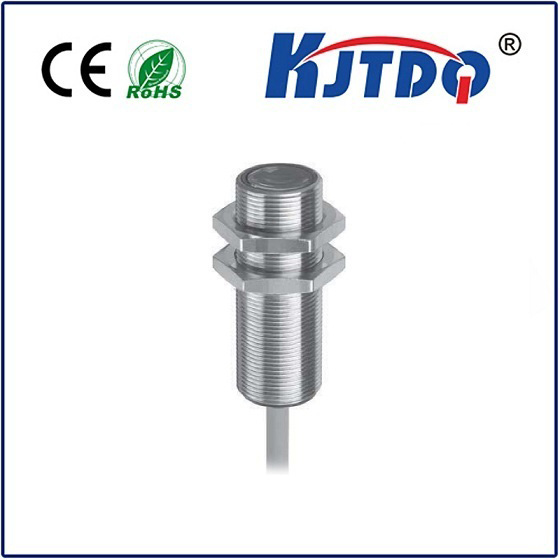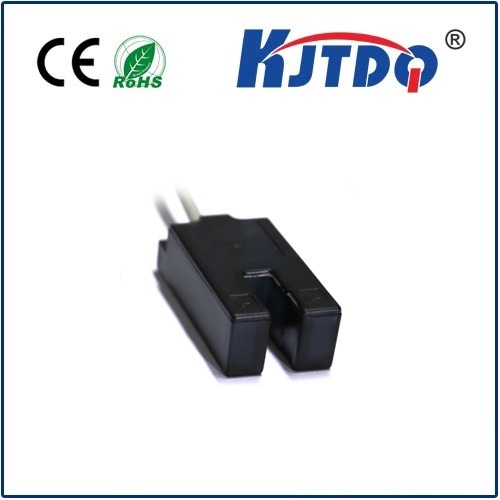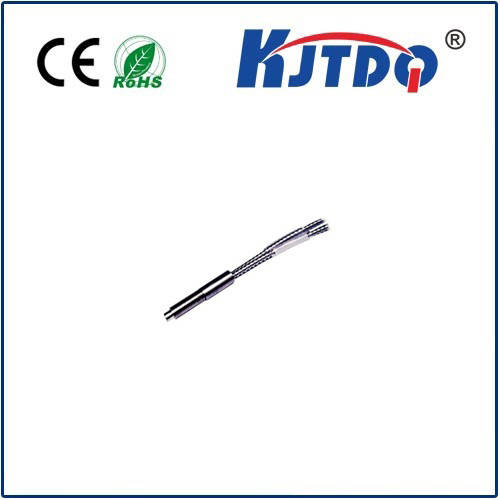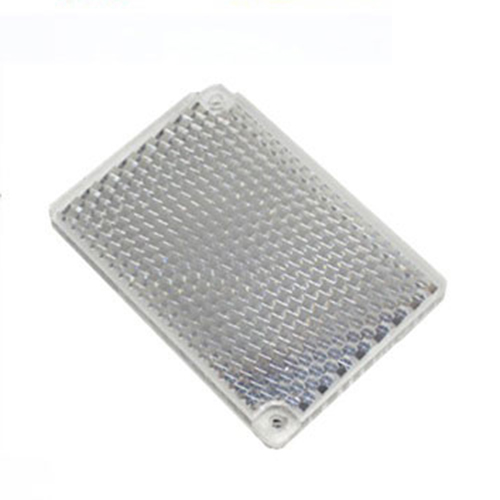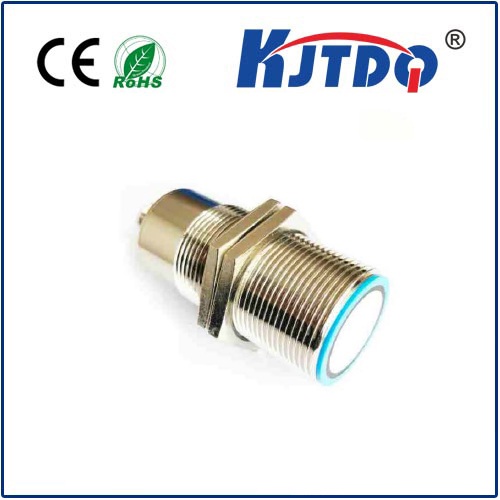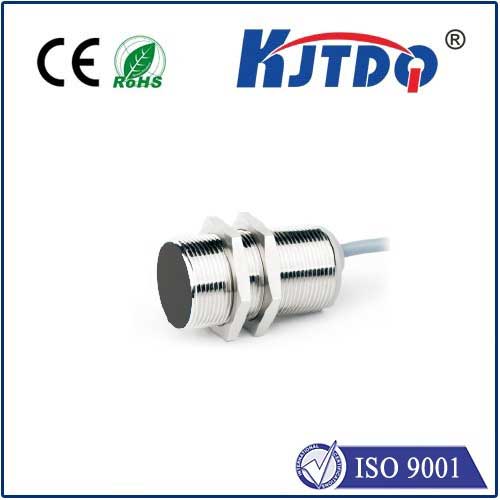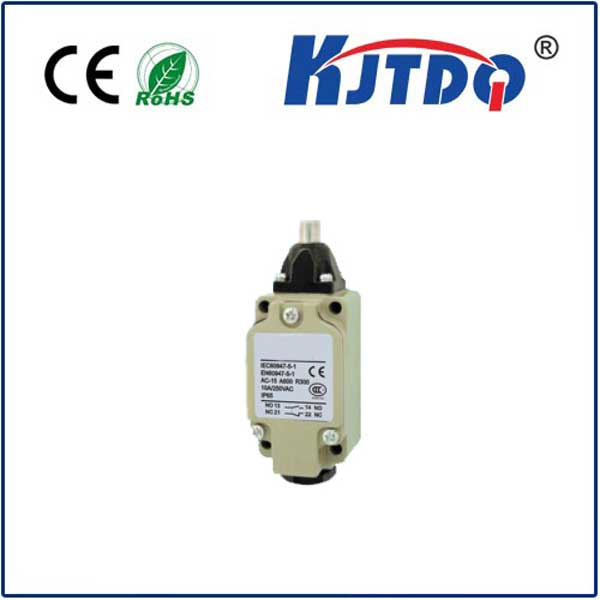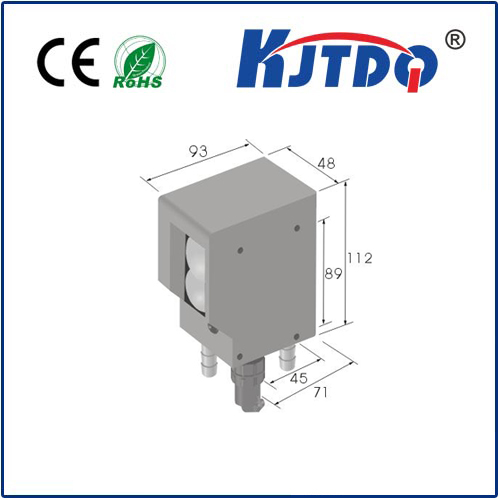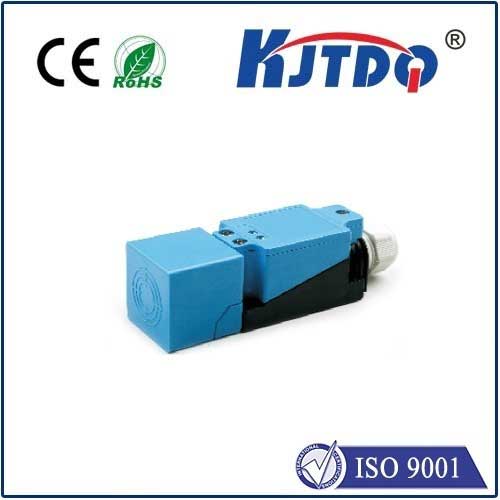

check

check

check

check

check

check

check

check

check

check
The sensing principle of capacitive sensors is based on the fact that changes in capacitance are related to their separation distance and dielectric constant. When the distance or medium between two capacitive plates changes, the capacitance value between the capacitive plates will also change. Through this principle, it is convenient to Can sense pressure, distance and other information.
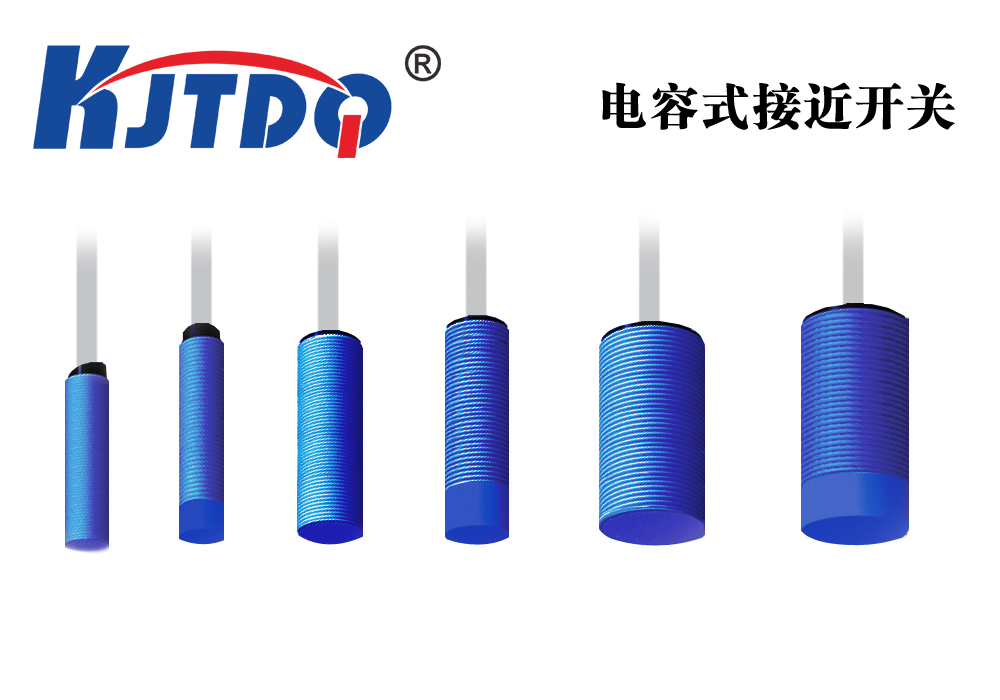
Capacitive sensors are generally divided into contact type and inductive type, and the sensing methods of the two are also different:
Contact:
The basic structure of a contact capacitive sensor consists of two parallel metal plates separated from each other to prevent them from coming into direct contact. When the sensor is closer to the target object, the distance between the metal plates will decrease, resulting in an increase in the capacitance value. When the capacitive sensor is far away from the target object, the distance between the metal plates will increase, causing the capacitance value to decrease. This change in capacitance is usually minute and therefore requires the use of high-precision electronic measuring equipment to detect and measure it. Contact capacitive sensors measure the displacement, pressure and other information of an object through the medium between the object and the plate.
Inductive (non-contact):
When the target object approaches or moves away, the medium between the capacitive sensor sensors will change, resulting in a change in the capacitance value. Capacitive sensors measure this change in capacitance to detect the position, movement, or other properties of a target object. Non-contact capacitive sensors measure the position, speed, acceleration and other information of objects through air or other media.
